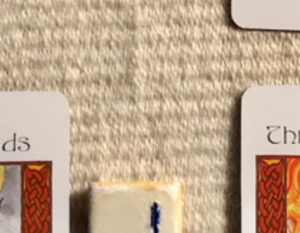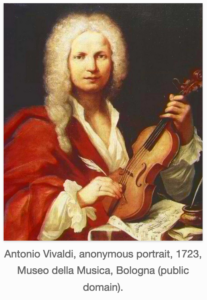“Surge Fatigue”: Mental Health and the Pandemic. And the Election. And Everything Else 2020 Has Brought.
This article by Tara Haele on Medium discusses the challenges to maintaining one’s mental health in the endless disruption that is 2020.
tl, dr: Our brains are not wired for endless stress. Be kind to yourself. Get help when you need it—and we all need it at some point.
“Ambiguous loss elicits the same experiences of grief as a more tangible loss — denial, anger, bargaining, depression, and acceptance — but managing it often requires a bit of creativity.”
“While there isn’t a handbook for functioning during a pandemic, Masten, Boss, and Maddaus offered some wisdom for meandering our way through this.”
- Accept that life is different right now
- Expect less from yourself
- Recognize the different aspects of grief
- Experiment with “both-and” thinking
- Look for activities, new and old, that continue to fulfill you
- Focus on maintaining and strengthening important relationships
- Begin slowly building your resilience bank account
I’m doing okay with most of them, most days (except when I’m not).
The one I’m not managing well is #2, which is a surprise to exactly no one. Part of the difficulty (aside from being raised by a perfectionist Virgo mother) was that, at the start of the pandemic, I was suddenly at home, since all of my business travel was cancelled. This gave me unexpected time to do many of the projects I always said I’d do if I were ever home to do them, so the first couple of months (after a few rotten weeks of adjustment), I was actually able to make a lot of progress. Then I hit the same slump as everyone else, and it’s been a daily adventure (some days, more of a slog than a joyride) to keep myself motivated and focused. And some days, that just doesn’t happen.
Hang in there, take it one day/hour/minute/second at a time. Take care of yourself as best you can. Things will change for the better.

Double Rainbow, Alberta Kaninaskis
[Image description: A photograph of a double rainbow, highlighted by puffy white clouds against a blue sky. The foreground is dark, and the background has green grass and two mountains.]


